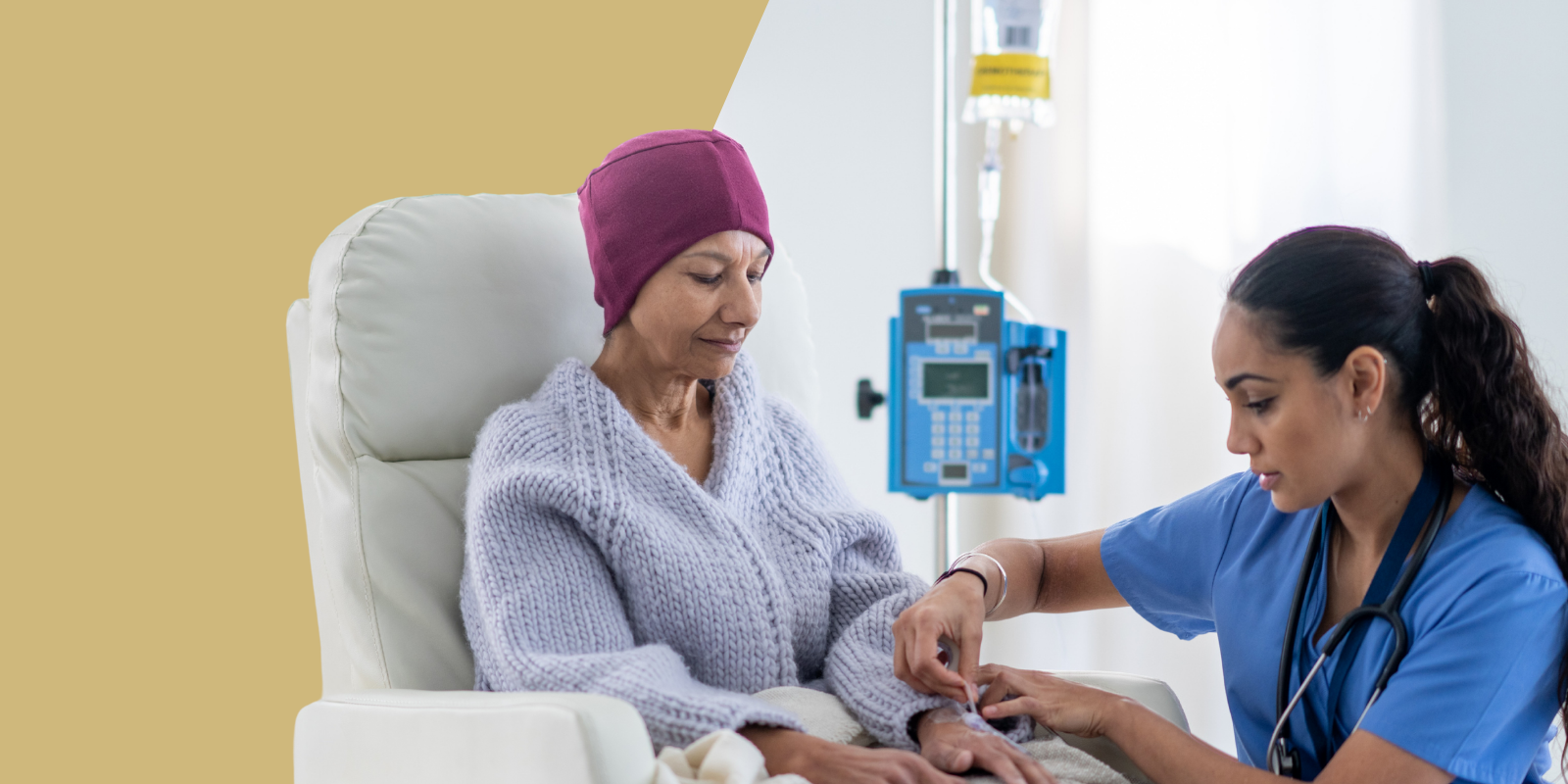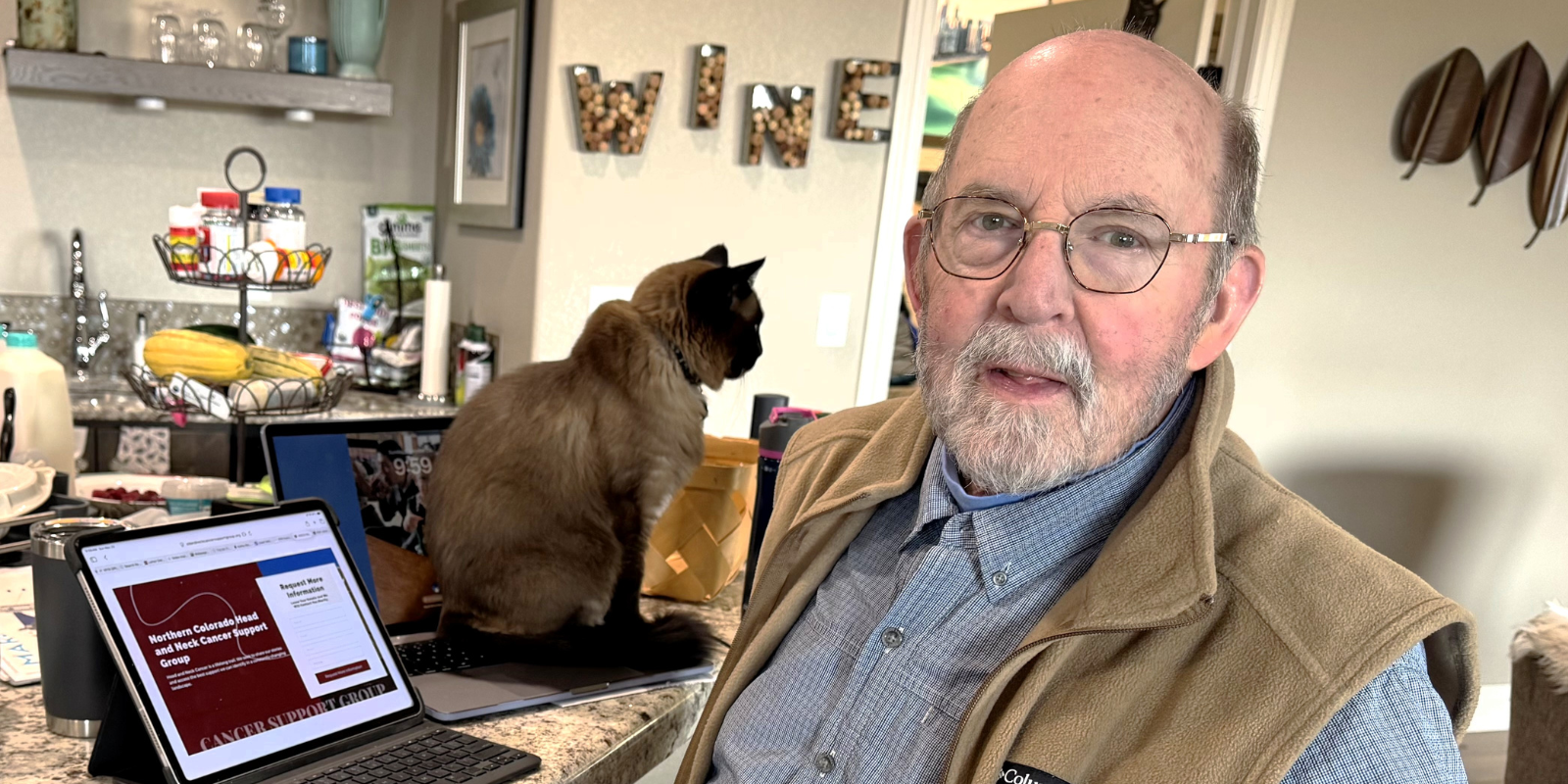Until you or a loved one are facing treatment for a cancer diagnosis, you may not realize the cost associated with treatment and doctor visits. Unfortunately, the cost is continuing to rise as new treatments are discovered and patients are responsible for more of those costs, even if they have health insurance coverage.
“This is a national crisis for individuals who are faced with cancer treatment and can’t afford the care,” says Cathy Bradley, PhD, deputy director of the University of Colorado (CU) Cancer Center and associate dean of research for the Colorado School of Public Health. “Cancer treatment is easily exceeding $150,000 a year and continuing to grow with the approval of new targeted therapies. There is a strong need to bring national awareness to the cost of cancer care and how few people can afford treatment without jeopardizing their families’ financial well-being.”
“This is a national crisis for
individuals who are faced with
cancer treatment and can’t
afford the care.”
Raising awareness is exactly what Bradley is doing. She is the lead author of a paper that was published this week in CA: A Cancer Journal for Clinicians. The paper suggests that it is time to add routine screening for financial hardships after a cancer diagnosis as a quality measure in clinical practice. To develop the approach that is proposed in the paper, Bradley partnered with Robin Yabroff, PhD, from the American Cancer Society, Yousuf Zafar, MD, from Duke Cancer Institute, and Ya-Chen Tina Shih, PhD, from MD Anderson Cancer Center.
Most practices have some basic financial screening procedures in place; however, it varies from practice to practice. NCI designated centers, like the CU Cancer Center, may have more resources to refer patients to and connect them with.
Proposed plan to help patients reduce financial hardships
“What is needed going forward is the organization of resources in a systematic way. This will be a first step towards allowing everyone to address the needs of their patients and have a more standardized format of the kind of referral services that should be made available,” says Bradley.
The paper lays out the four authors’ suggested plan that would be initiated by convening stakeholders and developing a financial hardship screening approach.
While Bradley is aware that this will not be an easy process, she has confidence it is possible to make the change.
“There was a time we did not screen patients for smoking or refer them for smoking cessation. Even more recently, there have been screenings added for depression and anxiety. There is reason to hope that we will get there with financial hardship screening.”
Once the screening guidelines are in place, physicians and practices implementing them need to include them in their everyday process.
“Talking about finances is a really hard thing to do for both patients and providers, so I do expect there to be quite a bit of resistance,” says Bradley. “However, I think if we can get to a standardized method and get us to a place where we can talk about financial burden, it would be ver helpful.”
In addition to having resources available for patients, these conversations could also lead to providers and patients jointly making treatment choices that will reduce financial hardship.
“With some therapies, the difference in survival is a few months or weeks. I think at least we should tell the patient about their options so they can make an informed decision about how much debt they want to take on and the possible benefit,” explains Bradley.
This would be a much better option than a patient starting a treatment plan and not being able to finish it because they can no longer afford care. In that situation, the patient gets the toxicities of treatment, but without the full benefits.
Bradley and her coauthors are aware that their plan would impact small and rural practices the most. The screening in a larger practice would fall to nurses, financial counselors, patient navigators and social workers rather than the doctors. Small practices might not have all these roles.
“Our recommendation is for an automated process that would be part of the patient record.”
Policy change options
Bradley says policy changes could reduce costs as well. The changes would be tied to insurance and employment protection. Bradley mentions five possible options that could help many people after being diagnosed with cancer.
- Changes (e.g., extended paid time away from work) so patients are able to keep their jobs and insurance.
- Increasing options around paid sick leave.
- An affordable health insurance option outside of the employment-based system.
- Allowing for flexibility to add a patient to a spouse’s insurance policy outside of open enrollment.
- Cap patient out-of-pocket expenditures.
Rise in cost of cancer care
There are multiple contributing factors to the rise in the cost of cancer care. One of the large contributing factors is the new oral drugs, like immunotherapy and targeted therapies. This is a double edge sword; there are great advances made in treatments but not everyone can afford the price tag that comes with these treatments.
Another area for concern is changes in health insurance. “In this country, there have been several worrisome trends recently regarding insurance,” Bradley explains. “Challenges to provisions in the Affordable Care Act are causing more people to become uninsured.”
The other rising concern with health insurance is the shift to high-deductible plans.
“It is kind of this oxymoron, being insured but hardly being able to use it due to the copays and deductibles that go along with high deductible plans,” says Bradley.
All these recent changes leading to the rise in the cost of cancer care are also creating more disparities in our country.
“With these high costs, cancer care becomes less and less available to lower- and middle-income people,” says Bradley.
The paper shines a light on a large concern in the cost of cancer care, but hopefully by increasing awareness about the problem and recommending a starting place to stop this trend, we can make cancer care affordable to all.



